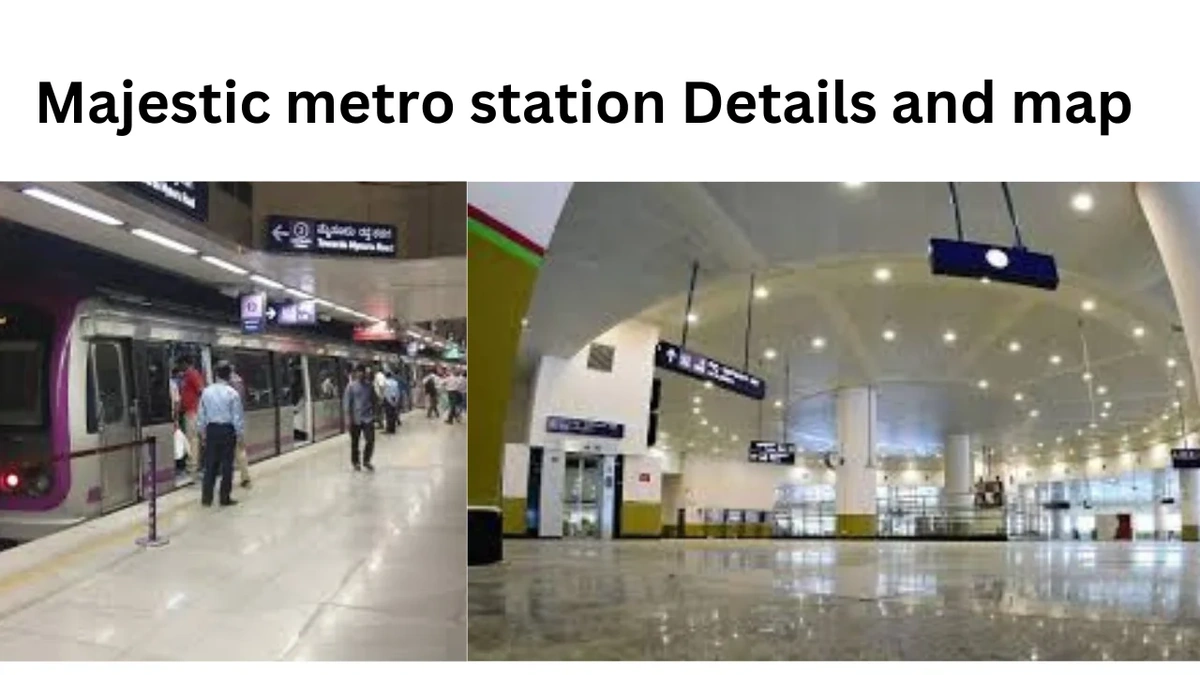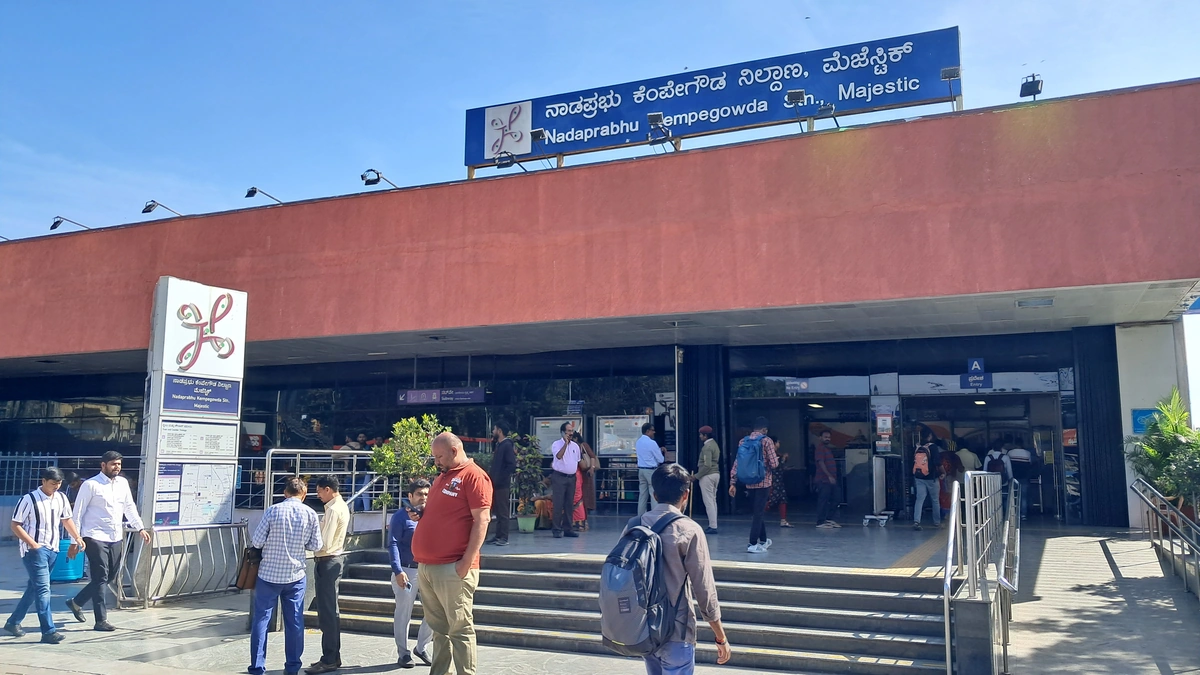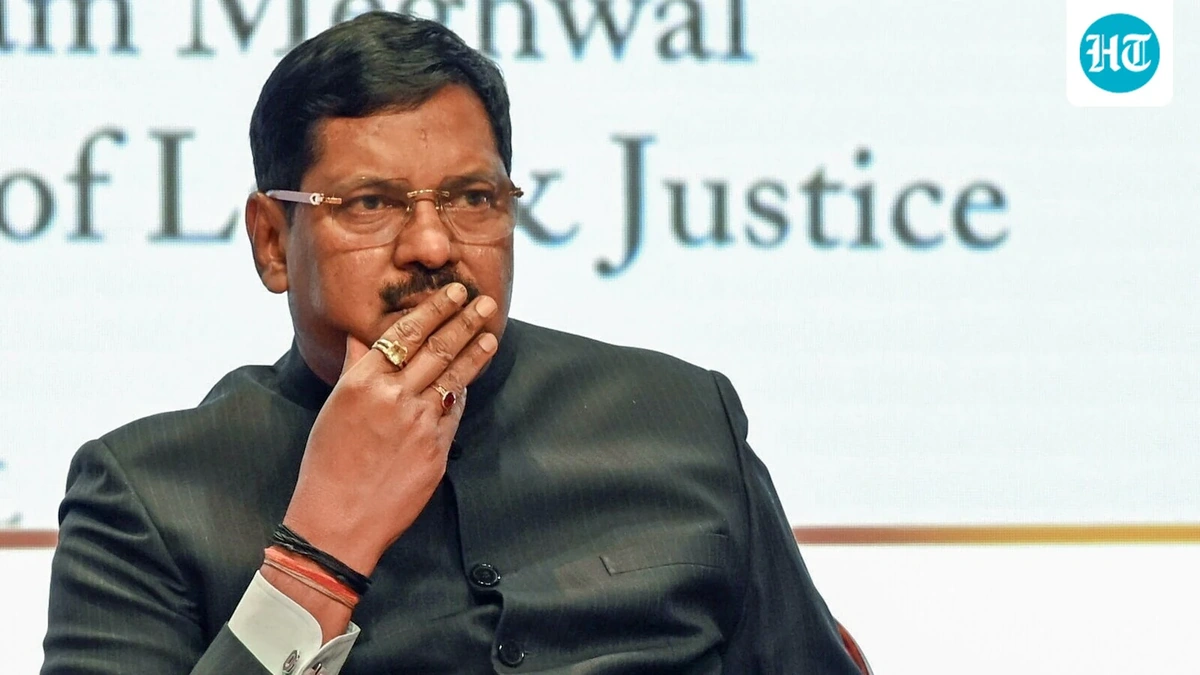Unlocking the Secrets of a Majestic Metro Station | More Than Just a Ride
Ever stepped into a majestic metro station and felt like you were entering a different world? It’s more than just a place to catch a train; it’s an experience. But, have you ever stopped to think why some metro stations leave you awestruck while others are, well, just stations? I’ve spent hours exploring some of the most stunning metro systems around the globe, and what I’ve discovered goes beyond architectural beauty. It’s about urban planning, cultural identity, and even a bit of psychology. Let’s dive in.
The “Why” Behind the Grand Design

It’s easy to admire the soaring ceilings and intricate mosaics, but the real magic lies in understanding the why. Why did the city planners choose a particular design? What story are they trying to tell? For instance, many of the older European metro stations, like those in Moscow, were deliberately designed to showcase the power and progress of the state. They’re practically underground palaces, meant to inspire awe and patriotism. But , here’s the thing: modern metro stations are often designed with a different purpose in mind. They prioritize functionality, accessibility, and sustainability. Take a look at the Delhi Metro , for example. It’s not as ornate as some of its European counterparts, but it’s incredibly efficient and serves millions of commuters every day.
And speaking of efficiency, one factor often overlooked is the station’s integration with the surrounding urban landscape. A well-designed metro station seamlessly connects with bus lines, pedestrian walkways, and even bicycle lanes, making it easier for people to get around without relying on cars. The result? Reduced traffic congestion and a smaller carbon footprint. Now , that’s something to admire.
Decoding the Cultural Imprints
Metro station architecture often reflects the local culture and artistic traditions. Look closely, and you’ll see subtle nods to the city’s history, folklore, or even its aspirations for the future. In some stations, you might find murals depicting scenes from local legends or sculptures inspired by indigenous art. The Taipei Metro, for instance, features stunning glass art installations that showcase Taiwan’s vibrant cultural heritage.
But , it’s not just about the art. Even the materials used in construction can tell a story. A city known for its traditional brickwork might incorporate brick into its metro station design, creating a sense of continuity and connection to the past. And , the choice of lighting can also play a significant role in shaping the overall atmosphere. Warm, inviting lighting can make a station feel more welcoming and less sterile, while dramatic lighting can highlight architectural features and create a sense of drama. Don’t forget about the use of vibrant colors in station interiors. They not only enhance the visual appeal but also serve as wayfinding cues, making it easier for passengers to navigate the network.
The Psychology of Underground Spaces
Here’s the thing: spending time underground can be a bit unnerving for some people. Claustrophobia, anxiety, and a general sense of disorientation are all common challenges that metro designers must address. That’s why many modern metro stations incorporate features that promote a sense of openness and safety. High ceilings, ample lighting, and clear sightlines can all help to alleviate these concerns. Let me rephrase that for clarity – The layout of the station also matters.
A well-designed station will have clear and intuitive wayfinding signage, making it easy for passengers to find their way around. And, strategically placed seating areas can provide a respite for weary travelers. But, what fascinates me is how some metro stations use sound to create a more pleasant environment. Soft, ambient music or the gentle sound of running water can help to mask the noise of the trains and create a more relaxing atmosphere.
Passenger experience is key here. Sometimes it’s the little things. The addition of digital displays showing real-time train schedules and platform information increases passenger satisfaction and reduces stress.
Future Trends | The Smart Metro Station
What’s next for metro station design? The future is all about smart technology and sustainability. Imagine stations that automatically adjust lighting and ventilation based on passenger flow, or that use artificial intelligence to predict and prevent overcrowding. And, what about stations powered by renewable energy sources like solar or wind? These innovations are already being implemented in some cities around the world, and they represent a significant step towards creating more sustainable and user-friendly urban transportation systems.
But , the trend toward smart metro stations goes beyond just technology. It’s also about creating more vibrant and engaging public spaces. Some stations are now incorporating retail shops, restaurants, and even art galleries, transforming them into destinations in their own right. A common mistake I see is when planners consider the station an isolated space rather than an integral part of the urban fabric. When integrated with the surrounding community through improved pedestrian access and amenities, the station becomes a hub for local life and economic activity.
Don’t underestimate the power of a well-designed metro system infrastructure . It’s more than just a way to get from point A to point B; it’s a reflection of a city’s identity, a testament to its engineering prowess, and a vital component of its urban landscape. Next time you find yourself in a metro station , take a moment to appreciate the thought and effort that went into its design. You might just discover something new about the city and its people. You should also know that the urban transit hubs also prioritize being eco friendly stations
Majestic Metro Station | The Final Insight
The underground railway network’s true beauty lies not just in its grandeur, but in how it connects us – to each other, to our cities, and to the stories hidden beneath the surface. By appreciating the design and purpose of these spaces, we gain a deeper understanding of the world around us. Think of the station platforms that make it all possible. Consider the seamless connectivity that results in a faster commute for many individuals. Subway systems worldwide do a lot to help people. They are important elements to efficient transportation system . Learn about other Trending Topics
FAQ Section
What makes a metro station “majestic”?
It’s a combination of factors – impressive architecture, thoughtful design that reflects local culture, and a focus on passenger experience.
Are older metro stations always more “majestic”?
Not necessarily. While some older stations are architectural marvels, modern stations often prioritize functionality, accessibility, and sustainability, which can also be considered “majestic” in their own way.
How does metro station design impact passenger behavior?
Well-designed stations can reduce anxiety, improve wayfinding, and create a more pleasant commuting experience.
Can metro stations be more than just transportation hubs?
Absolutely! Many stations are now incorporating retail, dining, and cultural spaces, transforming them into vibrant community centers.
What role does technology play in the future of metro stations?
Smart technology can help optimize station operations, improve passenger safety, and create a more sustainable transportation system. Mahalaya Live
How do station designs consider the environment?
Many metro stations now include sustainable building materials, energy-efficient lighting, and water conservation systems to reduce their carbon footprint.













